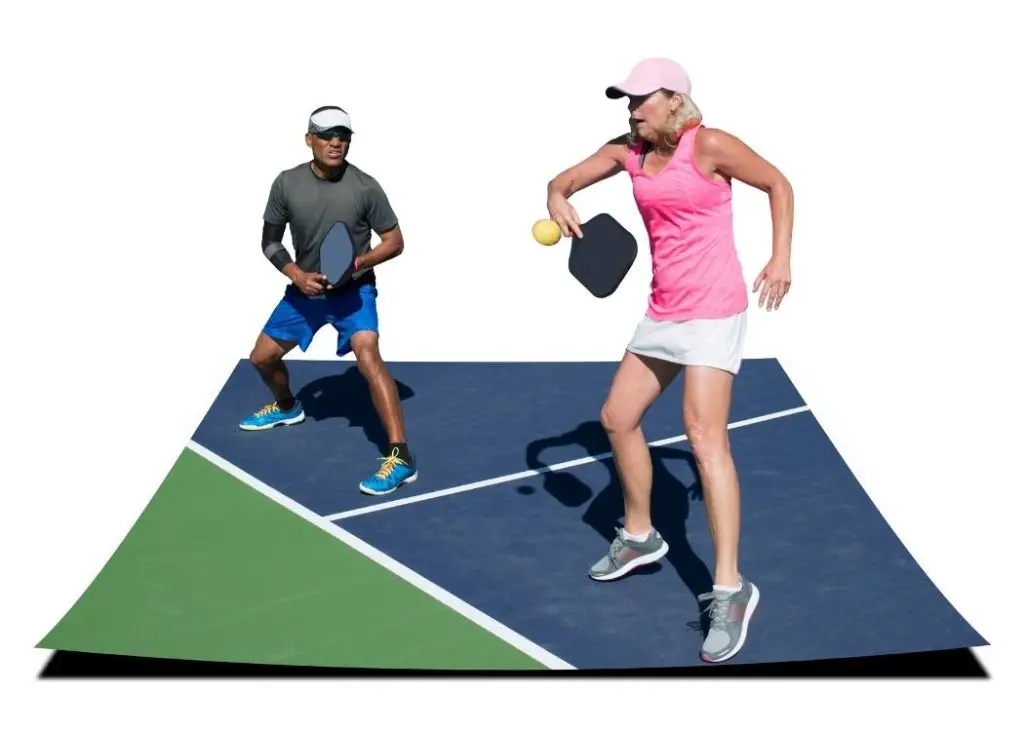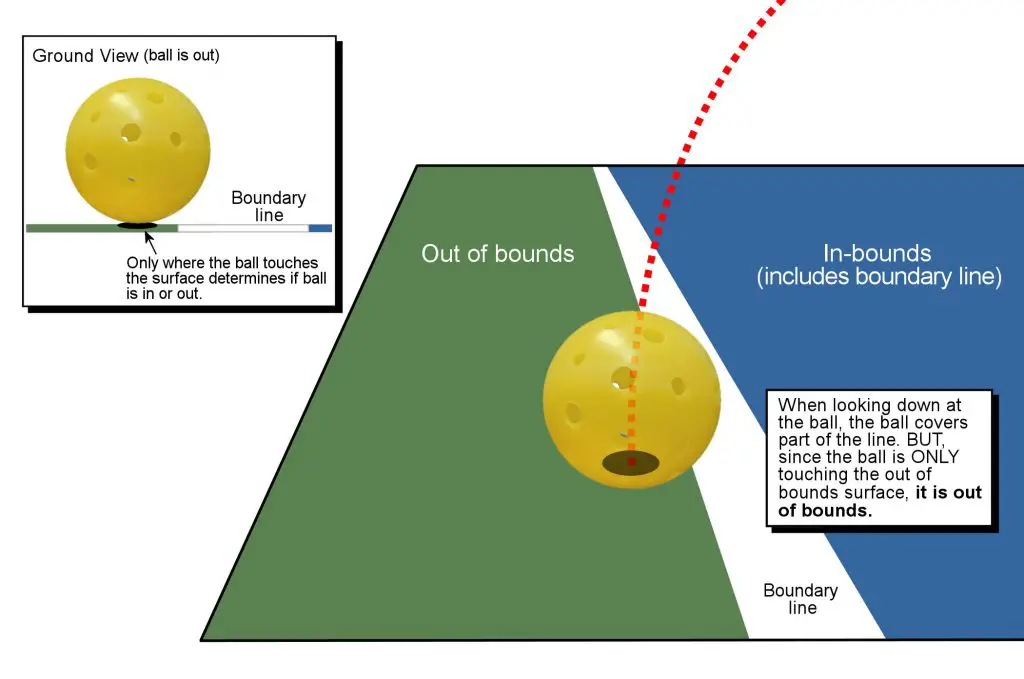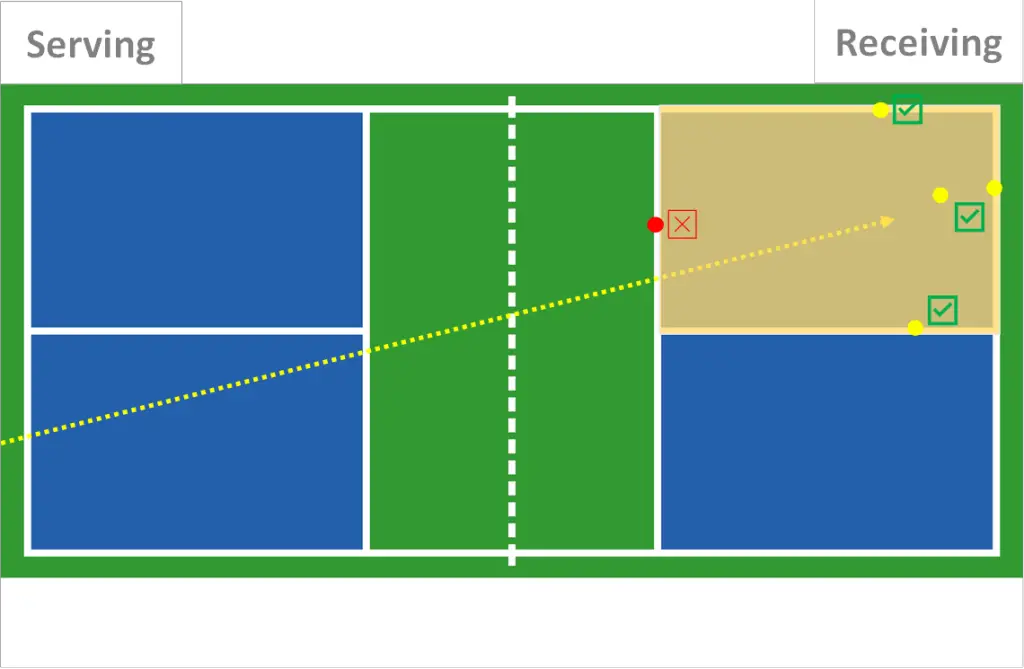
Every so often, a sport comes to the scene that shakes up the status quo. Pickleball, a sport with a quirky name but serious gameplay, has risen in popularity due to its accessibility and simple rules. Yet, one rule might leave newcomers scratching their heads: the “side out.” This article will delve this indispensable part of pickleball and its implications for the game’s strategy and mechanics.
What is Pickleball?

Before we can fully understand the meaning of a “side out” in pickleball, it’s essential to grasp the basic mechanics of the sport itself.
Pickleball is a hybrid sport combining elements of tennis, table tennis, and badminton. Players face each other on a rectangular court divided into two halves by a net, wielding paddles to bat a perforated plastic ball back and forth. Games usually involve either two (singles) or four (doubles) players.
The Importance of Scoring
Like any sport, scoring is paramount in pickleball. However, how points are scored in pickleball is what makes it unique – you can only gain points when serving. This peculiar scoring rule subtly ties in with the concept of a “side out,” the focal point of this article.
Decoding the “Side Out”

“Side out” is a term unique to pickleball and its ancestor sport, volleyball. At its core, a “side out” in pickleball signifies a shift in the serving rights from one team to the other. This shift often has strategic consequences for the game.
When Does a “Side Out” Occur?

In pickleball, three conditions can cause a “side out”:
- A serving team commits a fault.
- The server loses a rally, meaning that the opposing team successfully returns the ball, and the server or their teammate fails to keep the ball in play.
- The server hits the ball so that it lands outside the opposing team’s designated play area.
Each of these scenarios results in the serving team losing their opportunity to score, bringing us back to the unique pickleball scoring rule: you can only gain points when serving. Therefore, a “side out” often serves as a pivotal moment in the game.
The Strategic Consequences of a “Side Out”
The “side out” rule inevitably shapes the strategies employed by pickleball players, making it far more than a mere shift in serving rights.
Defending Against a “Side Out”
A “side out” takes away the opportunity to score from a team, making defense against a “side out” highly critical. Players must maintain composure, stay focused, and stick with the basics: serve inbounds, avoid faults, and return every shot effectively.
Utilizing a “Side Out”
Just as a “side out” can be detrimental to the serving team, it provides a golden opportunity for the returning team. It effectively gives them the chance to serve, and thus score. Players must seize this opportunity and utilize optimal positioning, solid techniques, and thoughtful teamwork to accumulate points.
Concluding Thoughts: The Unseen Power of a “Side Out”
A “side out,” while seemingly simple, holds a significant impact on a pickleball game. It can swiftly flip the momentum between teams and play a crucial role in determining the victor. Therefore, understanding it not only enriches your knowledge of the sport but also brings awareness to the nuanced strategies employed in the game. So next time when you hear a “side out” call during a pickleball game, remember the power it holds in shaping the game’s outcome, and most importantly, enjoy the competitive spirit this fantastic sport offers!
“The ‘side out’ in pickleball, much like the sport itself, is a simple concept with complex implications. It underscores the beauty of sportsmanship: every action counts, every misstep can flip the game, and every opportunity must be seized.” – Unknown Pickleball Enthusiast

I am Michael Wanner, an experienced and educated expert in the field of pickleball. I hold a degree in Sports Science from Cleveland State University, Ohio, USA. My expertise lies in the technical aspects of pickleball and how to play it effectively. I have spent many years playing and coaching pickleball and have a wealth of knowledge to share with my readers. I am a valuable resource for anyone looking to improve their pickleball skills and strategies.
